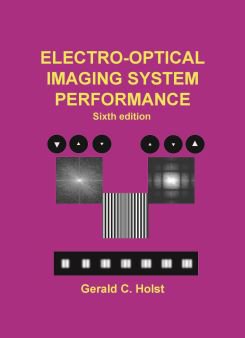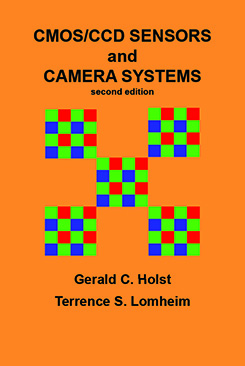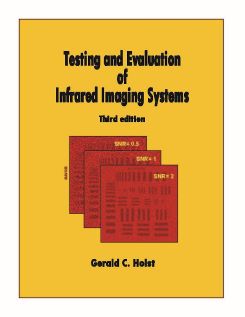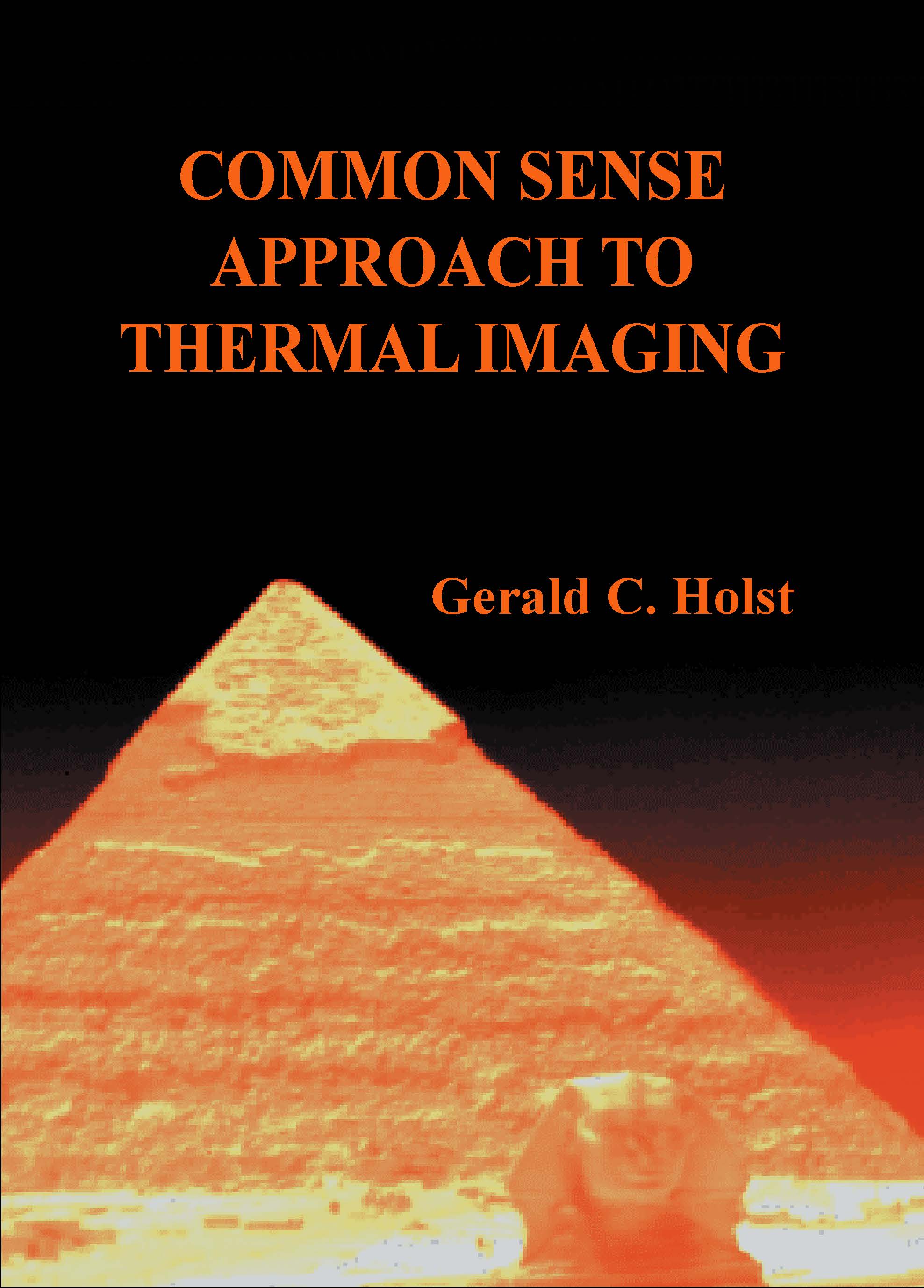Infrared Imaging Systems: Design, Analysis, Modeling, and Testing XXXI
27 April 2020 | Online Only, California, United States
Infrared Imaging Systems: Design, Analysis, Modeling, and Testing XXX
16 April 2019 | Baltimore, MD, United States
Infrared Imaging Systems: Design, Analysis, Modeling, and Testing XXIX
17 April 2018 | Orlando, FL, United States
Infrared Imaging Systems: Design, Analysis, Modeling, and Testing XXVIII
11 April 2017 | Anaheim, CA, United States
Infrared Imaging Systems: Design, Analysis, Modeling, and Testing XXVII
19 April 2016 | Baltimore, MD, United States
Infrared Imaging Systems: Design, Analysis, Modeling, and Testing XXVI
21 April 2015 | Baltimore, MD, United States
Infrared Imaging Systems: Design, Analysis, Modeling, and Testing XXV
6 May 2014 | Baltimore, MD, United States
Infrared Imaging Systems: Design, Analysis, Modeling, and Testing XXIV
30 April 2013 | Baltimore, Maryland, United States
Infrared Imaging Systems: Design, Analysis, Modeling, and Testing XXIII
24 April 2012 | Baltimore, Maryland, United States
Infrared Imaging Systems: Design, Analysis, Modeling, and Testing XXII
26 April 2011 | Orlando, Florida, United States
Infrared Imaging Systems: Design, Analysis, Modeling, and Testing XXI
6 April 2010 | Orlando, Florida, United States
Infrared Imaging Systems: Design, Analysis, Modeling, and Testing XX
14 April 2009 | Orlando, Florida, United States
Infrared Imaging Systems: Design, Analysis, Modeling, and Testing XIX
18 March 2008 | Orlando, Florida, United States
Infrared Imaging Systems: Design, Analysis, Modeling, and Testing XVIII
11 April 2007 | Orlando, Florida, United States
Infrared Imaging Systems: Design, Analysis, Modeling, and Testing XVII
19 April 2006 | Orlando (Kissimmee), Florida, United States
Infrared Imaging Systems: Design, Analysis, Modeling, and Testing XVI
30 March 2005 | Orlando, Florida, United States
Infrared Imaging Systems: Design, Analysis, Modeling, and Testing XV
14 April 2004 | Orlando, Florida, United States
Infrared Imaging Systems: Design, Analysis, Modeling, and Testing XIV
23 April 2003 | Orlando, Florida, United States
Infrared and Passive Millimeter-wave Imaging Systems: Design, Analysis, Modeling, and Testing
3 April 2002 | Orlando, FL, United States
Infrared Imaging Systems: Design, Analysis, Modeling, and Testing XII
18 April 2001 | Orlando, FL, United States
Infrared Imaging Systems: Design, Analysis, Modeling, and Testing XI
26 April 2000 | Orlando, FL, United States
Infrared Imaging Systems: Design, Analysis, Modeling, and Testing X
7 April 1999 | Orlando, FL, United States
Infrared Imaging Systems: Design, Analysis, Modeling, and Testing IX
15 April 1998 | Orlando, FL, United States
Infrared Imaging Systems: Design, Analysis, Modeling, and Testing VIII
23 April 1997 | Orlando, FL, United States
Infrared Imaging Systems: Design, Analysis, Modeling, and Testing VII
10 April 1996 | Orlando, FL, United States
Infrared Imaging Systems: Design, Analysis, Modeling, and Testing VI
19 April 1995 | Orlando, FL, United States
Infrared Imaging Systems: Design, Analysis, Modeling, and Testing V
7 April 1994 | Orlando, FL, United States
Infrared Imaging Systems: Design, Analysis, Modeling, and Testing IV
14 April 1993 | Orlando, FL, United States
Infrared Imaging Systems: Design, Analysis, Modeling, and Testing III
21 April 1992 | Orlando, FL, United States
Infrared Imaging Systems: Design, Analysis, Modeling, and Testing II
3 April 1991 | Orlando, FL, United States







